Tony Dow R.I.P. (1945-2022)
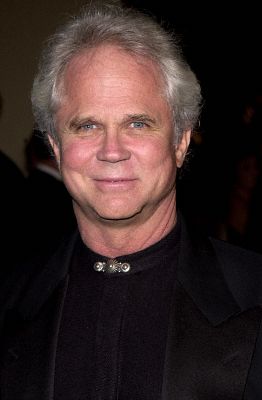
We are saddened to have just learned of the passing of Baby Boomer icon. actor & sculptor, Tony Dow has passed away.
Our website's founder was fortunate enough to have met Tony and the rest of the cast when they were filming the reboot series, Still the Beaver in Orlando. His morning show team actually spent some time socializing with the cast & crew, playing softball on multiple occasions and hanging out at a local pub or two. Tony was a very warm and easily approachable guy. He told us that he wished the show had continued longer as he and his wife enjoyed their time in Orlando.
He will be missed.
A Sign of the Times
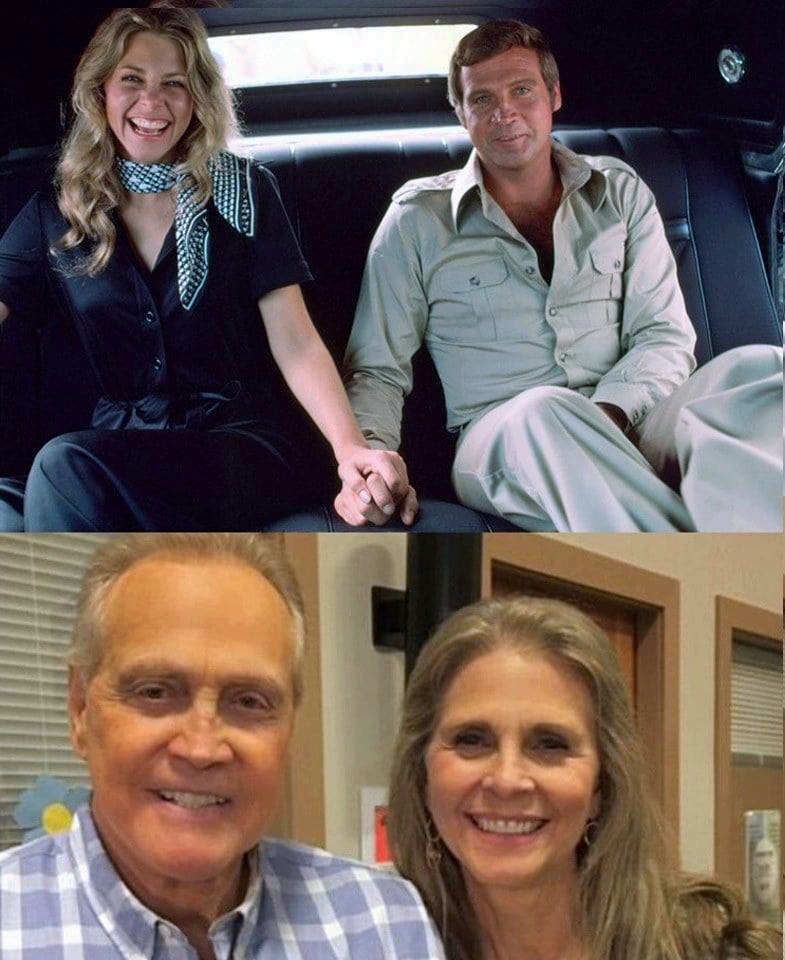 Due to inflation, this pair is now the 3.2 Billion Dollar Man & Woman – or just enough money to afford two tickets to Springsteen’s upcoming tour.
Due to inflation, this pair is now the 3.2 Billion Dollar Man & Woman – or just enough money to afford two tickets to Springsteen’s upcoming tour.
Clinical Trials: What’s in It for You?
If you have a health condition for which there seem to be few treatments, you may want to investigate becoming part of a clinical trial. Pharmaceutical companies are always seeking test subjects for their new drugs and treatment programs and yes, they are looking for test subject 65 and older.
Are there risks? Yes. You won’t know if you’re getting the actual drug or a placebo. You also won’t know if the drug or treatment will be successful (after all, that’s what they’re testing). But there are some positive benefits. One, you’ll be helping advance science for all of the human race. Two, you may actually be among the first to receive a cutting-edge treatment from a top medical team – all at no cost to you!
If you’re interested in joining a test or want more information, visit clinicaltrials.gov.
How Much Cash Do You Need in an Emergency?
Sure, most of us have funds socked away in retirement accounts, but those funds are not easily turned into liquid cash should an emergency arise.
Financial planners say, you should have a minimum of $2,500 in ready cash, including a bit of it in old-fashioned currency at your home. This is on top of any credit cards you may hold. And here’s hoping you never need it!
The TV That Time Forgot: Private Secretary
 When TV historians tell you that the sit-coms That Girl, Julia, and The Mary Tyler Moore Show were the first American TV series to feature a working woman who wasn’t a domestic servant as the lead, they’re just wrong.
When TV historians tell you that the sit-coms That Girl, Julia, and The Mary Tyler Moore Show were the first American TV series to feature a working woman who wasn’t a domestic servant as the lead, they’re just wrong.
The actual honor goes to a sit-com called Private Secretary that debuted almost at the dawn of television – 1953 – and ran quite successfully for 5 seasons on CBS. The show was built around the talents of actress Ann Southern, who had risen to fame in the 1940s playing brassy, wisecracking heroines with hearts of gold, most notably as the star of a series of B-movies for M-G-M as aspiring showgirl Mazie Ravier.
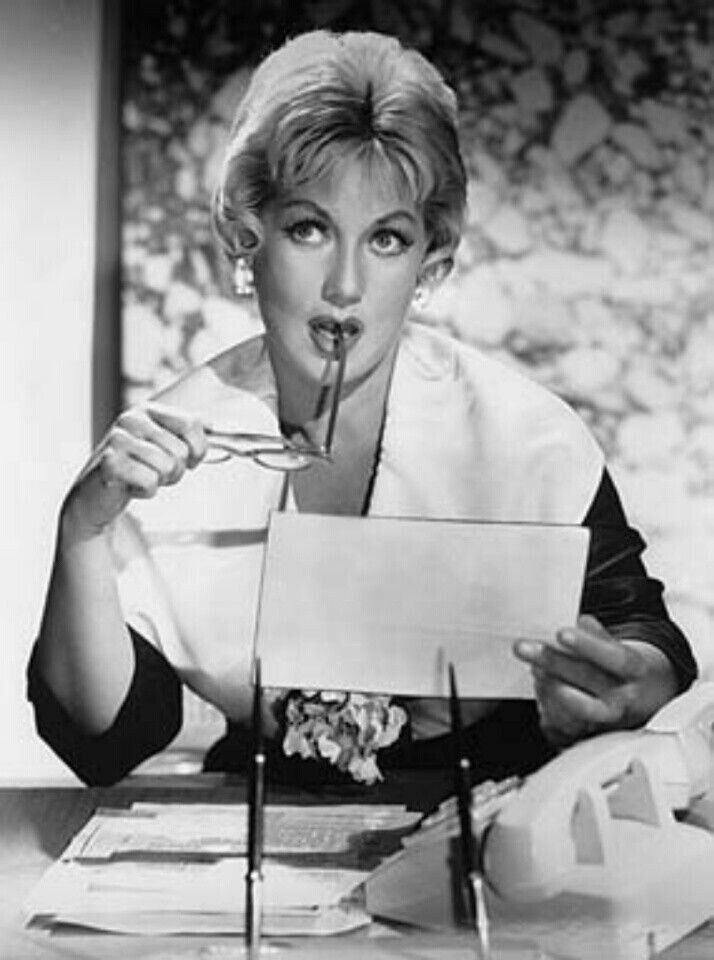 Moving to television was a shrewd career move as, by 1953, Sothern was already in her mid-40’s and well past the sell-by date for most showgirl roles in the movies. In Private Secretary, she played the title character, Susie McNamara, although she was much more what we would now call a Personal Assistant than secretary for a very powerful talent agent, Peter Sands, played by Don Porter.
Moving to television was a shrewd career move as, by 1953, Sothern was already in her mid-40’s and well past the sell-by date for most showgirl roles in the movies. In Private Secretary, she played the title character, Susie McNamara, although she was much more what we would now call a Personal Assistant than secretary for a very powerful talent agent, Peter Sands, played by Don Porter.
The show also featured Ann Tyrell as the agency’s easily flustered receptionist and Susie’s best friend, Vi Praskins. Jesse White, who would later find his greatest fame as the Maytag Repairman, had a recurring role as “Cagey” Calhoun, a much lower-rent rival agent to Sands.
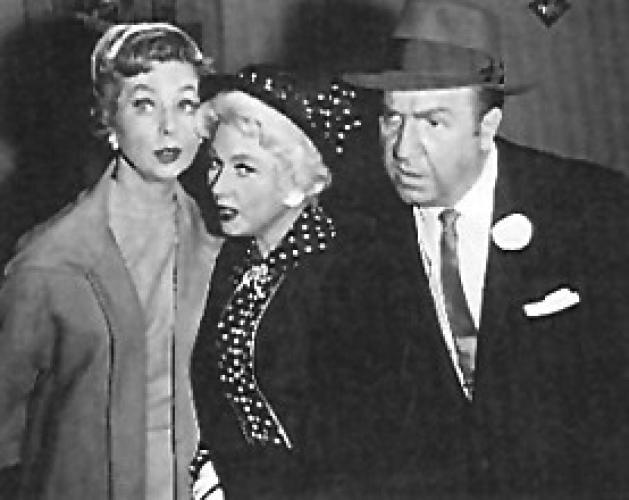 Most of the plots centered around schemes Susie came up with to help her boss. The schemes would then backfire, but somehow manage to work out favorably for her boss by the fade out. The show began by alternating the same time slot with The Jack Benny Program and always performed well in the ratings. In fact, the show was renewed for a 6th season when Sothern, who owned a piece of the show, got into a dispute with the producer over how big a share that should be.
Most of the plots centered around schemes Susie came up with to help her boss. The schemes would then backfire, but somehow manage to work out favorably for her boss by the fade out. The show began by alternating the same time slot with The Jack Benny Program and always performed well in the ratings. In fact, the show was renewed for a 6th season when Sothern, who owned a piece of the show, got into a dispute with the producer over how big a share that should be.
Sothern walked away from Private Secretary, along with series regulars Porter, White & Tyrell to launch The Ann Sothern Show, which ran an additional 3 seasons. Meanwhile, Private Secretary reruns were retitled Susie and had a long, successful run in syndication, showing up as late as 1990 on Nickelodeon’s Nick at Nite program block.
Sothern continued to work on stage and television until a back injury sustained while appearing in a play finally forced her to reduce her work schedule. Porter went on to work for most of his life also achieving some fame as father to girl surfer, Gidget in both Gidget Goes to Rome and the short-lived ABC sit-com that starred Sally Field.
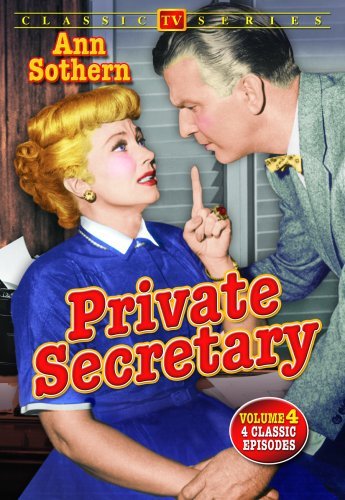 Private Secretary appears to have fallen into public domain, but to date, only around 16 episodes (out of more than 100) have been available on home video.
Private Secretary appears to have fallen into public domain, but to date, only around 16 episodes (out of more than 100) have been available on home video.
The Story Behind the Song: "Darling Be Home Soon"
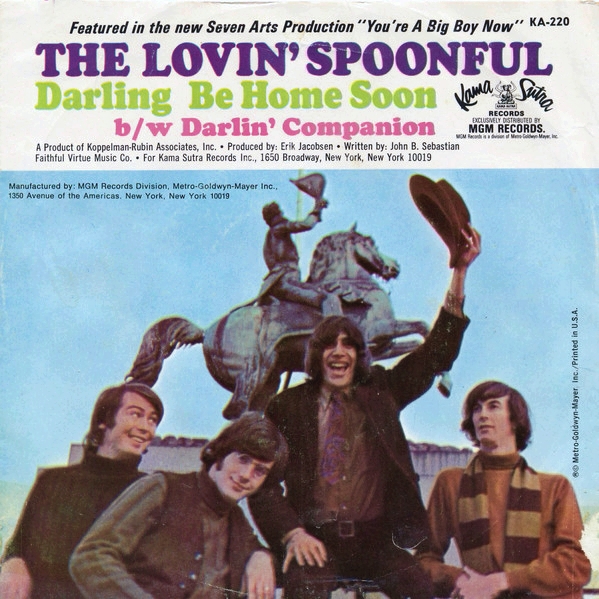 While not as big a hit as some of their other releases, “Darling Be Home Soon” by the Lovin’ Spoonful has increased in stature over the years, with cover versions being recorded by Joe Cocker, Bobby Darin, the Association and even Slade and the Tedeschi Trucks Band.
While not as big a hit as some of their other releases, “Darling Be Home Soon” by the Lovin’ Spoonful has increased in stature over the years, with cover versions being recorded by Joe Cocker, Bobby Darin, the Association and even Slade and the Tedeschi Trucks Band.
The song was commissioned by then-beginning film director, Francis Ford Coppola for his coming-of-age comedy You’re a Big Boy Now. Coppola wanted the song for the film’s pivotal seduction scene. He had been using “Monday Monday” by the Mamas and Papas as a placeholder & told songwriter (and the Spoonful’s leader & songwriter) John Sebastian that he wanted the Spoonful’s song to be the same tempo.
Sebastian had been thinking about how many rock songs were written about guys on the road hoping to get back to their girl. He decided it was time to reverse that dynamic. He wrote about a guy who was waiting for his girl to return from the road. He deliberately kept the lyrics vague. We’re not sure if the guy is singing to his girl just before she leaves or he’s singing it after she’s already gone to cope with his loneliness.
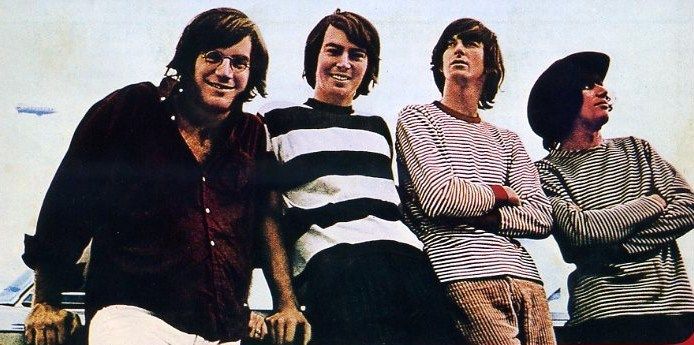 No matter which interpretation you want to give it, his band did not like the song. They didn’t think it rocked enough and was “too emotional.” Most of their earlier hits had all been up-tempo pop tunes with much more playful lyrics. In addition, it became the first Spoonful song to receive a full orchestral backing which took the group’s sound farther away from their usual folk-rockabilly leanings.
No matter which interpretation you want to give it, his band did not like the song. They didn’t think it rocked enough and was “too emotional.” Most of their earlier hits had all been up-tempo pop tunes with much more playful lyrics. In addition, it became the first Spoonful song to receive a full orchestral backing which took the group’s sound farther away from their usual folk-rockabilly leanings.
To this point, the band had successfully bucked the prevailing trend in rock recording, which was to use studio musicians instead of actual band members during the recording process. But the rhythm track on “Darling Be Home Soon” proved especially tricky and in the end, the Spoonful’s drummer, Joe Butler, was replaced by studio player, Billy LaVorgna.
Unfortunately, You’re a Big Boy Now bombed at the box office, which hurt the songs chances on the charts. It broke into the Top 20, but stalled at 15. Nevertheless, it went on to become a favorite of Sebastian’s and one that he nearly always plays during his live shows.
Are You Ready for Your "Mystery Date?"
'Fess up! How many of you either had this game or had sisters who had this game?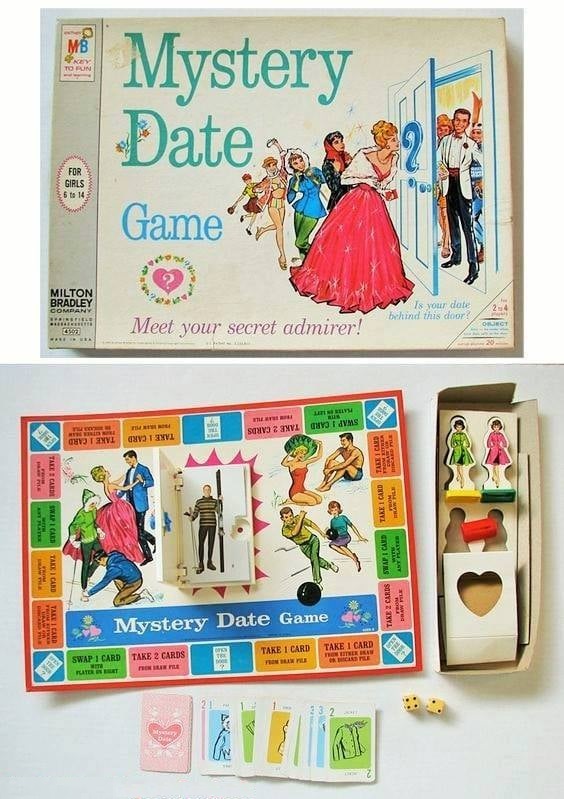
Battling Weight Gain After 60
 The latest research shows what was once “common knowledge” was wrong. Turns out our metabolism doesn’t slow down all that much after we hit 60. So why does that body we had in our 20s continue to elude us?
The latest research shows what was once “common knowledge” was wrong. Turns out our metabolism doesn’t slow down all that much after we hit 60. So why does that body we had in our 20s continue to elude us?
Well, it seems we don’t get enough protein, something we actually need more of, not less, as we age. For women, that’s at least 25 grams of protein with every meal – for men at least 30.
If you want to win the battle of the bulge, the experts also say you should:
- Eat fruits & veggies at every meal and as your snack
- Increase your intake of fiber (dieticians recommend beans, lentils & split peas)
- Try exercising a bit more (something that’s been “common knowledge” & turns out to be true)
The Essential Boomer Album Collection - In Search of the Lost Chord
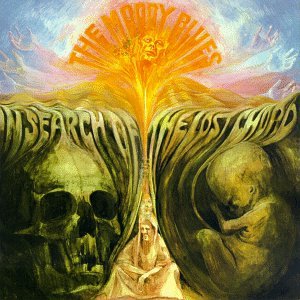 One of the greats in the first wave of “stoner” albums, the Moody Blues’ In Search of the Lost Chord was actually the band’s 3rd studio album, but the first to make its presence known on American album charts.
One of the greats in the first wave of “stoner” albums, the Moody Blues’ In Search of the Lost Chord was actually the band’s 3rd studio album, but the first to make its presence known on American album charts.
Of course, the band had been part of the British Invasion that was touched off by the Beatles in 1964. They scored a significant American hit with their single “Go Now,” hitting the U.S. Top 10 in 1965. But their first album didn’t sell in the States in any great number.
The band then went through a small personnel change and a big change in musical direction. Original Moodys John Lodge, Ray Thomas & Graeme Edge were joined by Justin Hayward & Mike Pinder. Their musical focus changed from American R&B to the then-emerging progressive rock sound that was fusing classical music styles and instruments with the guitars & drums of rock & roll.
Their second album, Days of Future Past, released in 1967, was actually the first album to showcase what we came to know as the classic Moody Blues' sound. They recorded that album with the London Symphony Orchestra. But again, the album failed to dent the American charts (at least right away).
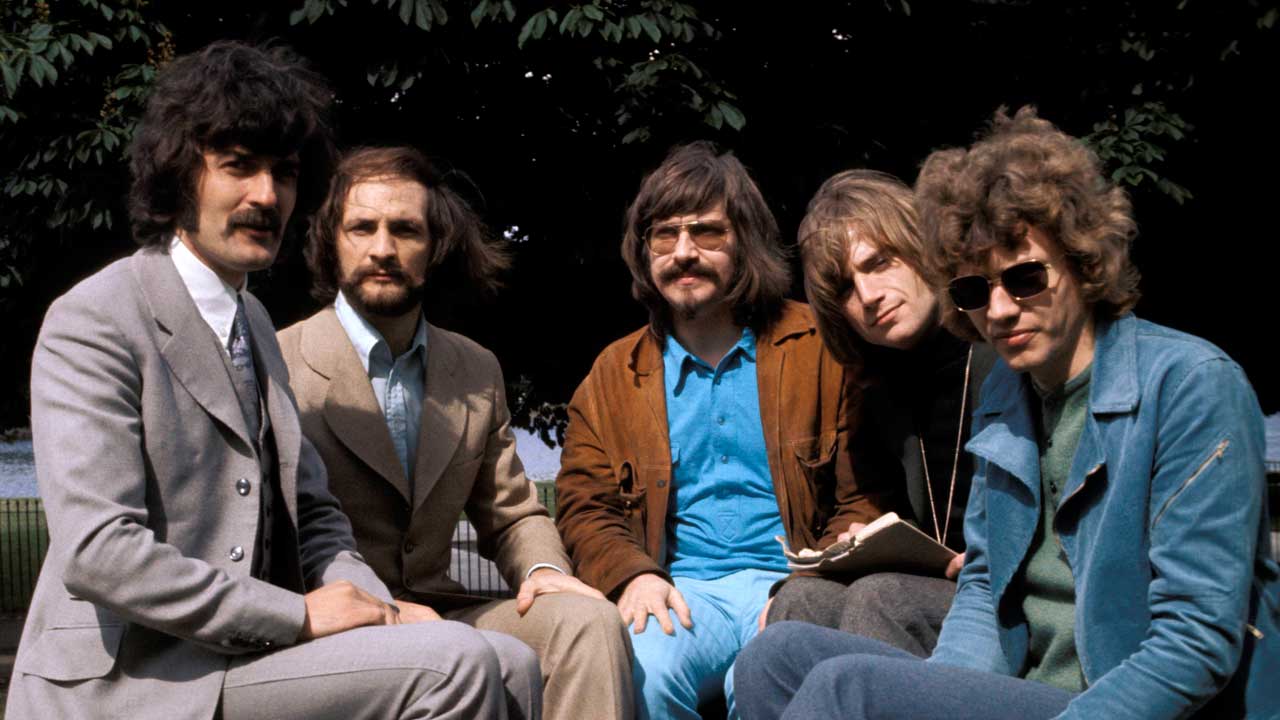 So, for their third LP, the lads decided to forego the orchestra and try to play as many instruments as the could by themselves. Like DOFP, In Search of the Lost Chord would also be a “concept” album about exploration and discovery, both physical and intellectual.
So, for their third LP, the lads decided to forego the orchestra and try to play as many instruments as the could by themselves. Like DOFP, In Search of the Lost Chord would also be a “concept” album about exploration and discovery, both physical and intellectual.
Obviously drenched in the emerging hippie and drug culture of that period (with cuts like “Thinking Is the Best Way to Travel” and “Legend of a Mind” – an homage to LSD and Timothy Leary, who seemed to be everywhere proselytizing for its use), the album also leaned heavily on instrumentation borrowed from the classic music of India (then being popularized by the Beatles’ George Harrison). The Moody Blues displayed tremendous versatility playing some 33 instruments on the album’s various tracks.
By the time of the album’s 1968 release, American radio was evolving with FM stations in larger cities becoming the launch pad for a new format, first labeled “progressive rock” and then, “album rock.” Thanks to these new arbiters of rock & roll taste, In Search of the Lost Chord broke through, especially with tracks like “Ride My See-Saw,” “Voices in the Sky” and the album’s closing track “Om.” With this new form of airplay, the LP reached #23 on the American charts. Not as impressive as some of the group’s subsequent albums, but high enough to secure the band’s until-then shaky future with their record label (UK’s London Records).
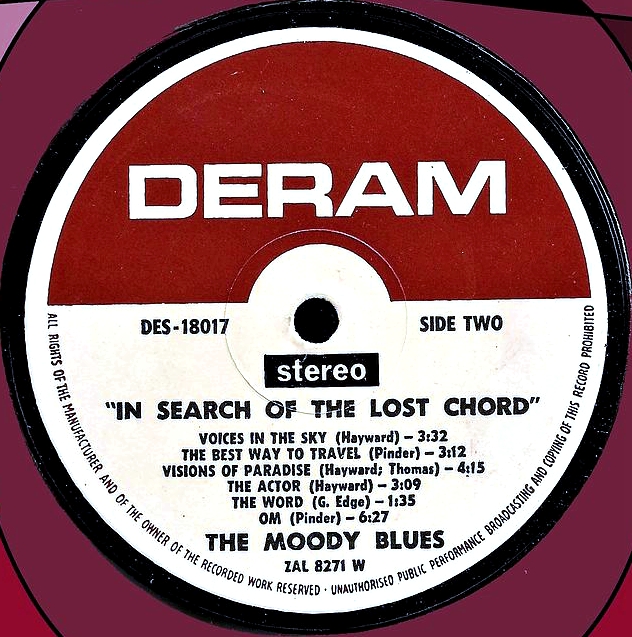 Finally getting recognition on both sides of the Atlantic, each of the Moodys’ subsequent albums continued to sell better and better until A Question of Balance finally reached the Top 5 behind a solid hit single, “Question.” Seventh Sojourn (actually the group’s 8th album) finally hit the #1 spot. “Nights in White Satin” from DOFP was re-released and this time raced up the Billboard Hot 100 and propelling the album onto the American album charts 5 years after its initial release – hitting #3.
Finally getting recognition on both sides of the Atlantic, each of the Moodys’ subsequent albums continued to sell better and better until A Question of Balance finally reached the Top 5 behind a solid hit single, “Question.” Seventh Sojourn (actually the group’s 8th album) finally hit the #1 spot. “Nights in White Satin” from DOFP was re-released and this time raced up the Billboard Hot 100 and propelling the album onto the American album charts 5 years after its initial release – hitting #3.
But the Moodys’ rise to fame really began with the album no self-respecting hippie in 1968 would have been without: In Search of the Lost Chord.
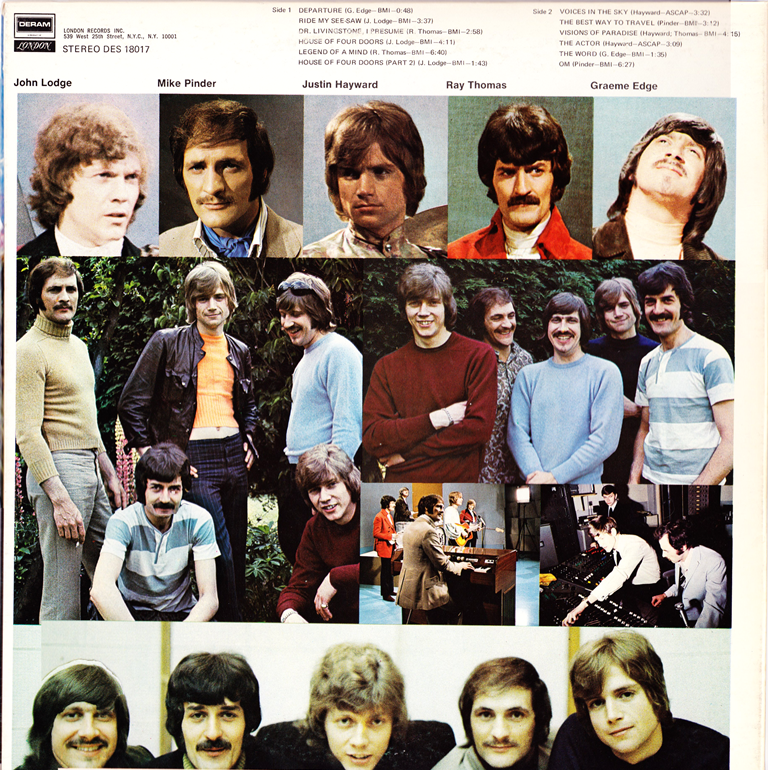
From the Boomtown Library of Literary Classics
4-20 was last week. Sorry, we're a little late, but we had the munchies and went out looking for Doritos. Anyway, hope your desperate search for thrills had a happy ending!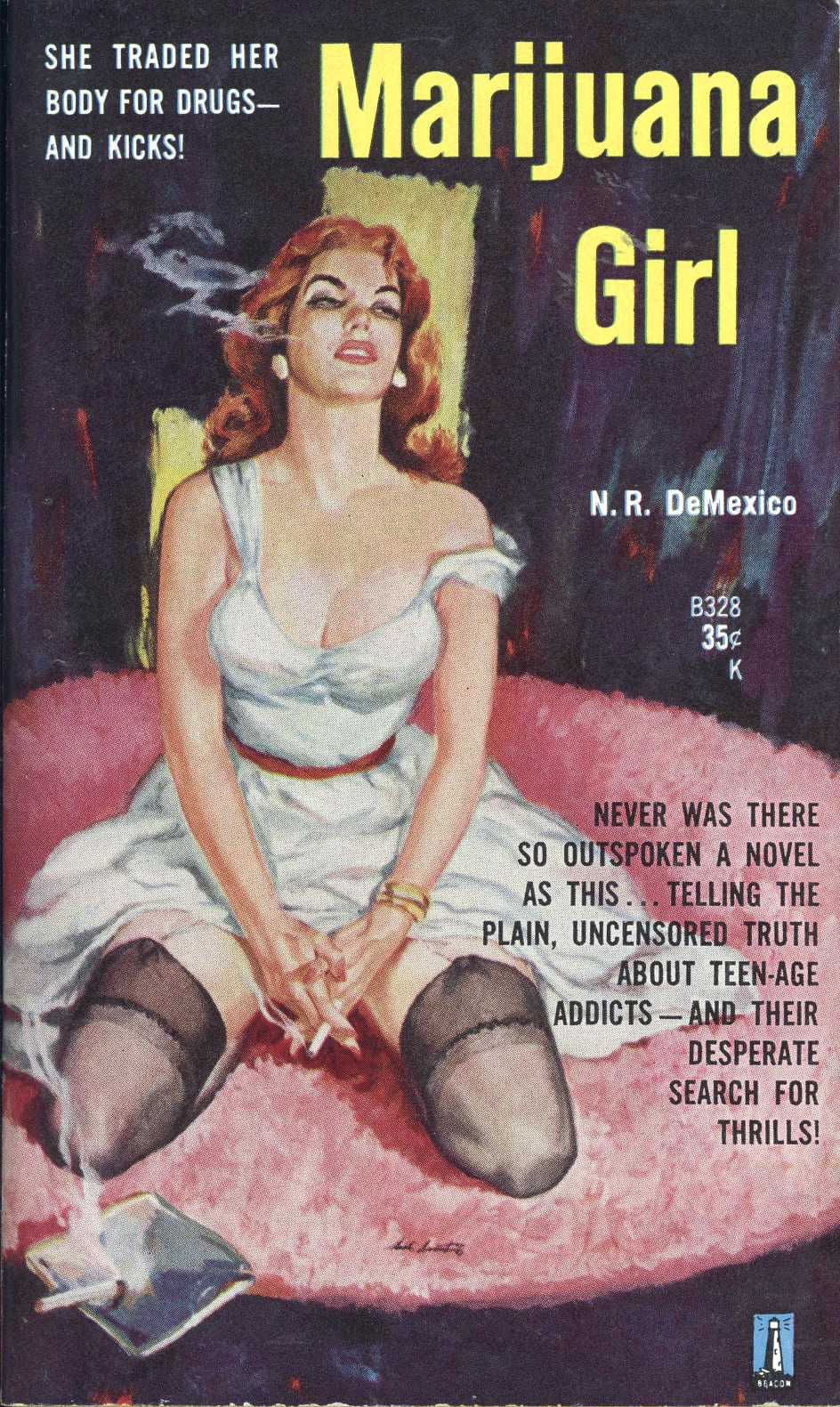
Pop Up Player
Latest Posts–Movies & TV
-
The BOO Tube
Local TV Horror Hosts – most of us had ‘em. In New York and northern Jersey, it was Zacherley (aka John Zacherle). In L.A., it was Vampira. Milwaukee had Dr. Cadaverino and Tampa had Dr.…
-
Halloween Movie Ideas - Take 2
GORGON (1964) We were born too late to experience the great Universal horror films in first run theaters. Instead, we watched them on our local TV station’s “Shock-Horror-Monster-Chiller-Nightmare Theater.” You remember. Those late night weekend…
-
Halloween Movie Ideas
I WALKED WITH A ZOMBIE I Walked with a Zombie may be the best movie with the dumbest title in motion picture history. Cranked out by the b-movie horror unit at RKO pictures in 1943,…
-
Now Playing at the Boomtown Drive-In: "I Married a Monster from Outer Space"
Just like I Walked with a Zombie, behind the incredibly silly title lurks a pretty decent little B-movie. I Married a Monster from Outer Space was made by Paramount Pictures in 1958. Directed by Gene…
-
The TV That Time Forgot: Hazel (1961-66)
Hazel was a very popular sit-com that ran for 5 seasons (4 in full color), producing 154 shows, that was also quite popular in syndication. The show was based on a popular one panel cartoon…
-
The TV That Time Forgot: Annie Oakley
There was a time when Westerns dominated television programming so thoroughly that it was tough (with no home video, no streaming, and just 3 networks if you lived in a city big enough to have…




